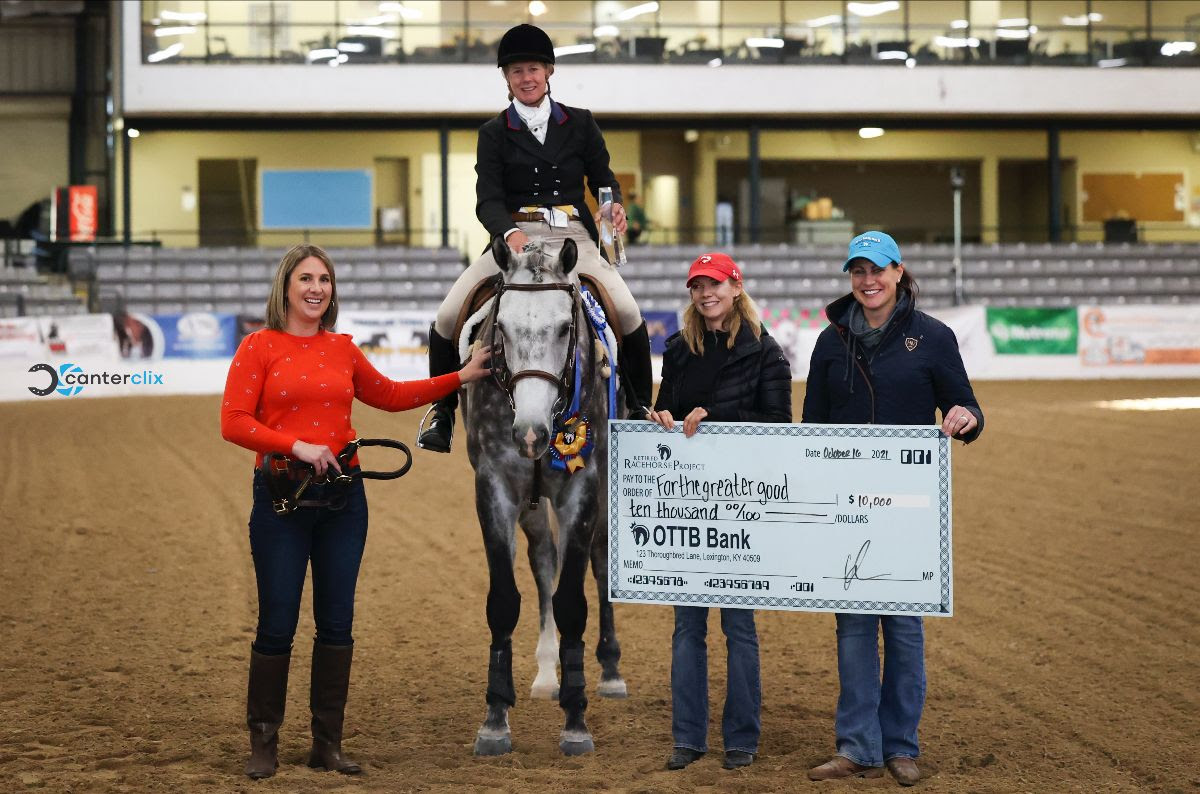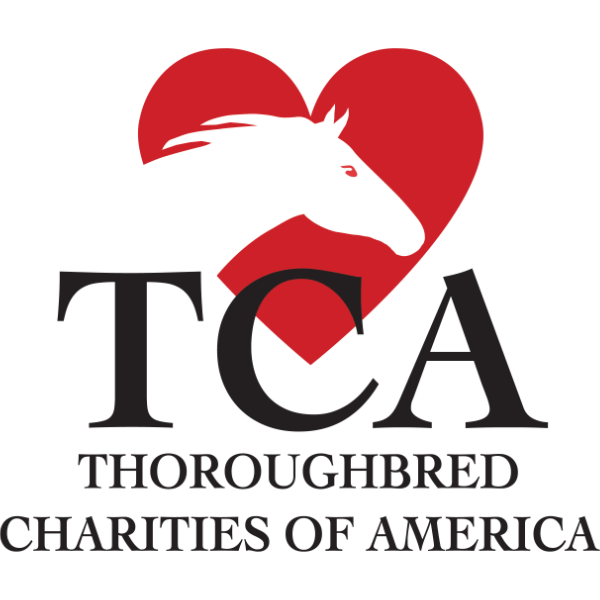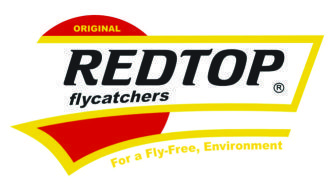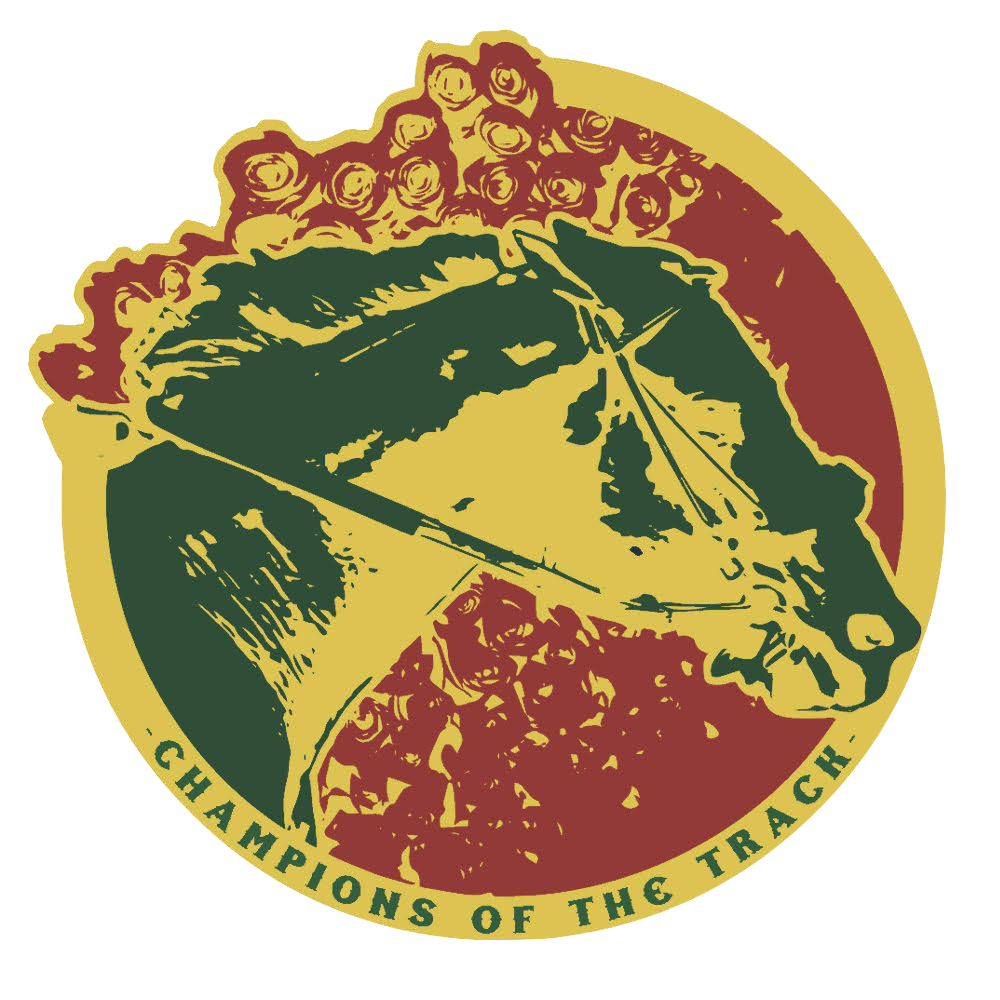Last month, I wrote about “nature,” genetics, and how the Thoroughbred breed “has evolved over more than three centuries to be an elite sport horse, regardless of what that sport is.”
“Understanding and embracing the true nature of the Thoroughbred means that events like the Retired Racehorse Project Thoroughbred Makeover, programs like The Jockey Club Thoroughbred Incentive Program, and retired racehorses competing at horse shows can be appreciated as representations of the strengths of the breed, and not just something different that happens after a racing career ends.”
Now, I’d like to explore “nurture” and how the ability for Thoroughbreds to excel in new sports after racing is actually honed by what they learn on the racetrack.
The Thoroughbred breed was developed with the primary goal of being an elite racehorse. Certain key skills learned through racing and the racetrack serve these horses well for future endeavors. Plus, we’re at the stage in the breed’s evolution where racing can be seen as a first discipline in which Thoroughbreds will compete but will not necessarily be the end game.
There is still a learning curve to go from horse racing to, say, jumping or polo, but there would also be a learning curve with similar amplitude for a horse going from being a show hunter to an eventer. The foundations of being an equine athlete are similar across all disciplines, and the racetrack does a great job of instilling those foundations.
“The training that a horse gets before the track, like when they’re being started under saddle, is like someone going through kindergarten and elementary school in their formative years,” said Jen Roytz, the outgoing executive director of the Retired Racehorse Project who is heavily involved in understanding and promoting the successes of Thoroughbreds both on and off the racetrack. “It’s like the most basic building blocks of how to be a riding horse. Then, they get to the track, and that’s kind of like their high school education. They start to do several things at once, and they’re faster and responding to cues faster. Then, they get off the track where they’re going to do other equestrian sports, and people have more time to hone those skills.”
By the time racehorses finish their racing careers, they will likely have traveled by trailer to multiple locations, been handled by many people, and been exposed to high-stimulation environments. They will have been ridden many times by different riders and, in the process, been asked to go through the different gaits of walk, trot, and canter and change leads.
Perhaps of most benefit, a career in horse racing instills a mindset that a horse should go forward.
Read the rest of the article at Paulick Report.







